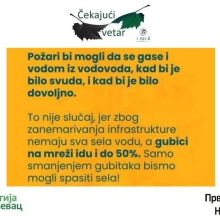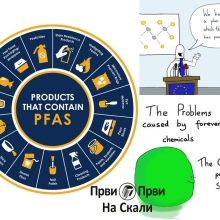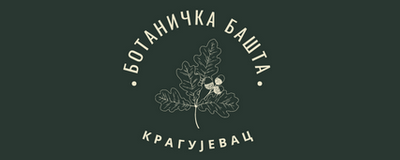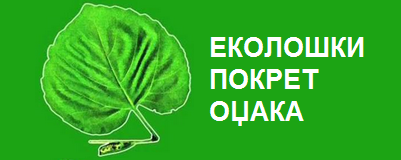You know who Monsanto is. Even if you don’t recognize the company name, you’ve come across some of its products: maybe you’ve used Roundup weed killer on your lawn or garden, you’ve heard about the debate over treating cows with the artificial growth hormone rBGH, you’re worried about unlabeled genetically engineered organisms in your food, or you’ve learned about the use of Agent Orange in the Vietnam War, maybe from family members, coworkers or friends who suffered the health consequences. These may not seem related, but they all are a major part of Monsanto’s legacy.
The agriculture and life sciences company that’s known today as Monsanto is only a recent development. Most of Monsanto’s history is steeped in heavy industrial chemical production — a legacy that is extremely at odds with the environmentally friendly, feed-the-world image that the company spends millions trying to convey.
Monsanto is a global agricultural biotechnology company that specializes in genetically engineered (GE) seeds and herbicides, most notably Roundup herbicide and GE Roundup Ready seed.GE seeds have been altered with inserted genetic material to exhibit traits that repel pests or withstand the application of herbicides. In 2009, in the United States alone, nearly all (93 percent) of soybeans and four-fifths (80 percent) of corn were grown with seeds containing Monsanto-patented genetics.The company’s power and influence affects not only the U.S. agricultural industry, but also political campaigns, regulatory processes and the structure of agriculture systems all over the world.
DOWNLOAD PDF
Galerija

















































































Komentara: 0